Yesterday I already briefly touched upon the Nissan March Tango’s history. As I concluded, there were so many Nissan March K11 variants that it deserves its own series to highlight each and every one of them. Today we’ll kick off this series with the March Tango simply because I already covered it yesterday.
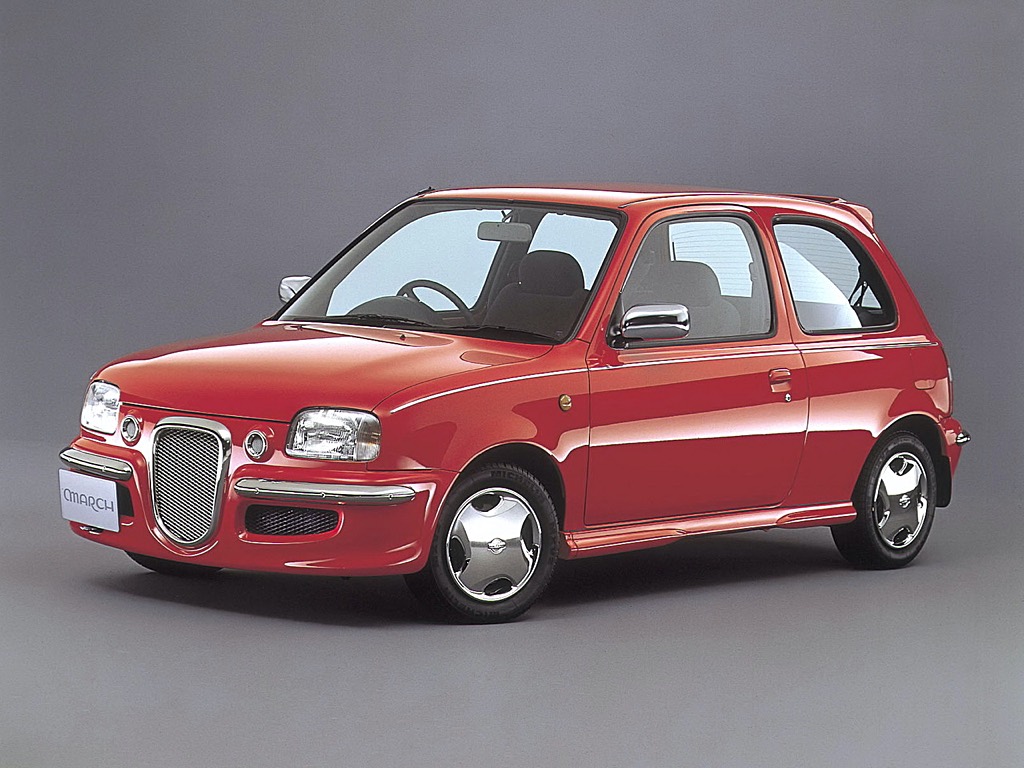
What is a March Tango?
The second generation Nissan March, referred to as the K11, was launched in 1992. The previous generation March, the K10, featured some special models built by the Pikes Factory named the Be-1, Pao, S-Cargo and the Figaro. However, in 1991 the Japanese bubble economy burst and the Pikes Factory was closed. This meant all special edition cars now had to be built somewhere else.
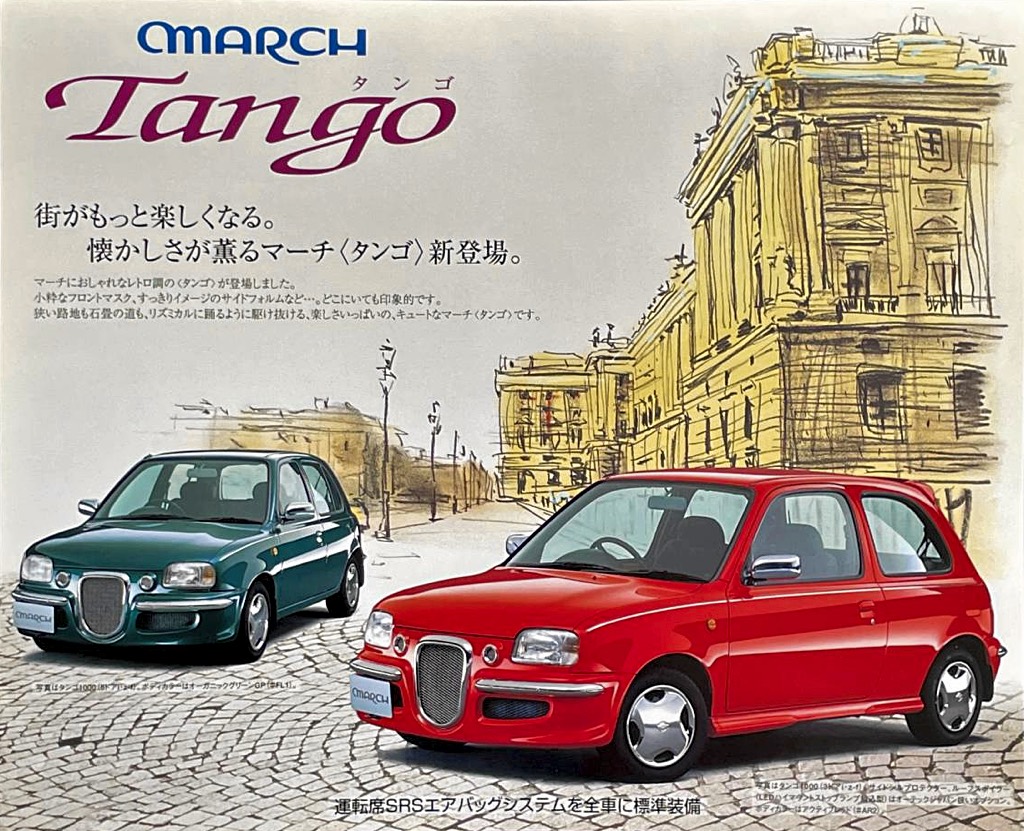
Nissan decided to use their Autech subsidiary for the March K11 specials. Autech created a set of March K11-based specials: the Tango, the Bolero, the Rumba and the Polka. The Nissan March Tango was the first Autech March K11 special released in 1996. On the engine and suspension side, Autech didn’t alter that much as it was only available with the factory 1.3 litre CG13DE engine and an automatic gearbox. However, they did make some changes on the in- and outside.
Exterior changes
The changes on the outside were mostly dressing up the March and give it a more classic look.
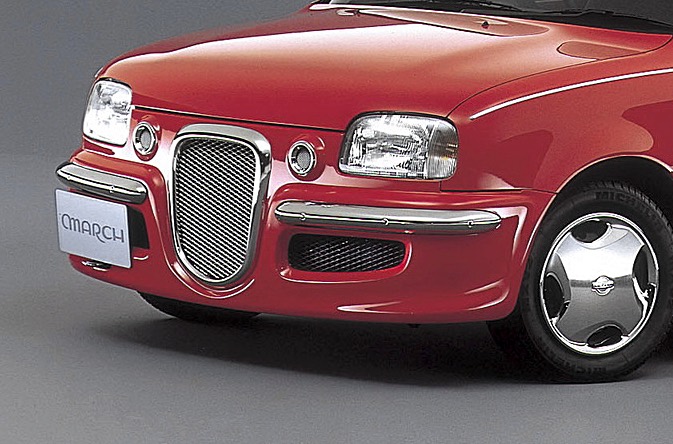
The changes were mostly visible on the front bumper and grille, where a different grill, bumper, chromed overbumpers and two (fake) vents are present. The design appears to mimic a mix of of the Gogomobile and the Lancia Aurelia. Or at least a throwback to the 1950s.
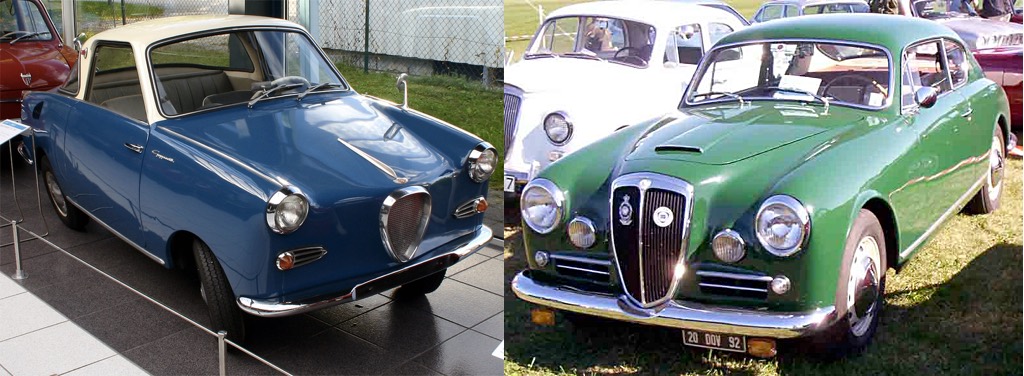
On the side we find side skirts, chromed mirrors and a chromed pinstripe moulding. Also the (black) steel wheels feature a chromed hubcap.
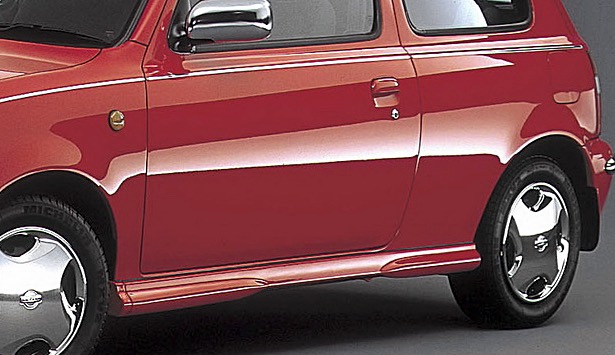
At the rear there are, again, chromed overbumpers, a different licentplate holder and a, very non-1950s/1960s, spoiler mounted on the hatch.
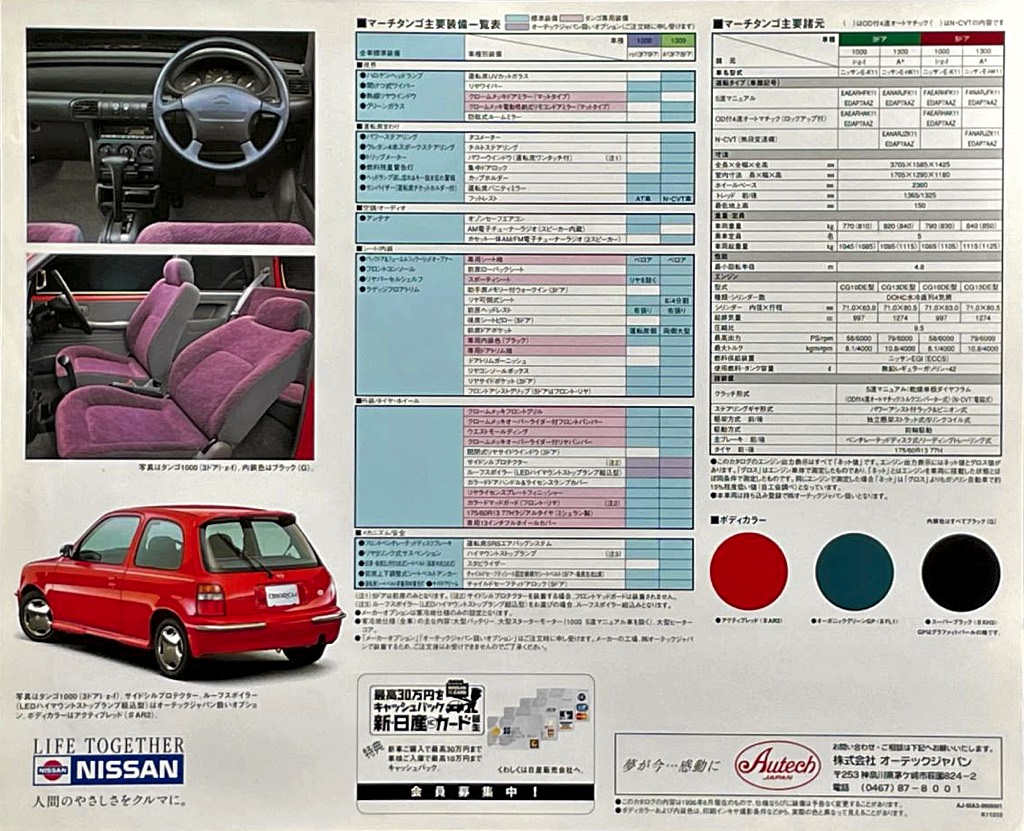
The Tango was available in three colours: Classic Crimson Red AR2, Organic Green (FL1) and Super Black (KH3).
Interior changes
On the inside the changes were much more subtle and featured a slightly different fabric on the seats, door cards and a black interior. The switchgear is just the same as the standard March.
March Tango TV ad
There was even a one-minute TV ad for the March Tango. Naturally, it features tango music and it is…ehrm…quite interesting:
That’s another way to describe it: I have no clue what their intention was…
I see a father with his daughter on a running track. They enter the March Tango, but don’t drive it. They just sit there. Then they get out and they are joined by two musicians wearing the same clothes as the girl’s father. The father and musicians then pose awkwardly next to the March and the daughter draws the trio (or should I say quartet including the March?) using crayons. What the heck was I just watching?!
For sale
I found exactly one March Tango for sale on Goo-net and it only cost about 580,000 yen (4000 US dollar), which is not bad. They do pop up for sale every now and then, but the Tango isn’t a collectable car (yet) and hence it doesn’t cost a big deal of money.

This March Tango only travelled 73,000 kilometers and still looks as fresh as when it exited the Autech factory. It’s a shame the wheels have been swapped with these aftermarket alloys that don’t match the style of the car.

From the rear we can learn there was only a March badge on the tailgate. There is no mention of Tango anywhere. However, there are an Autech and Nismo badge present. The Autech badge is present on the right of the licenseplate holder. The Nismo badge is a bit more difficult to spot, but it’s located on the right side of the hatch spoiler.
Conclusion
The March Tango wasn’t much more than a dessed up Micra. No technical improvements were made but this isn’t a shame. The Tango wasn’t targeted towards performance, but rather more towards lifestyle. In that sense Autech and Nissan did a great job. It really stands out from the (March-)crowd!
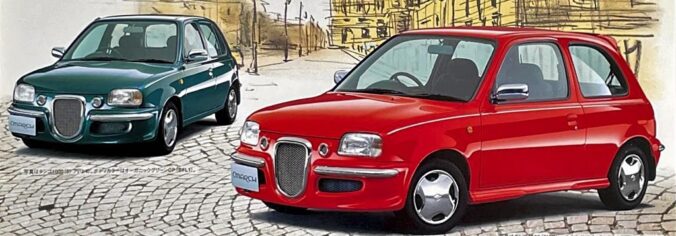
0 Comments
4 Pingbacks